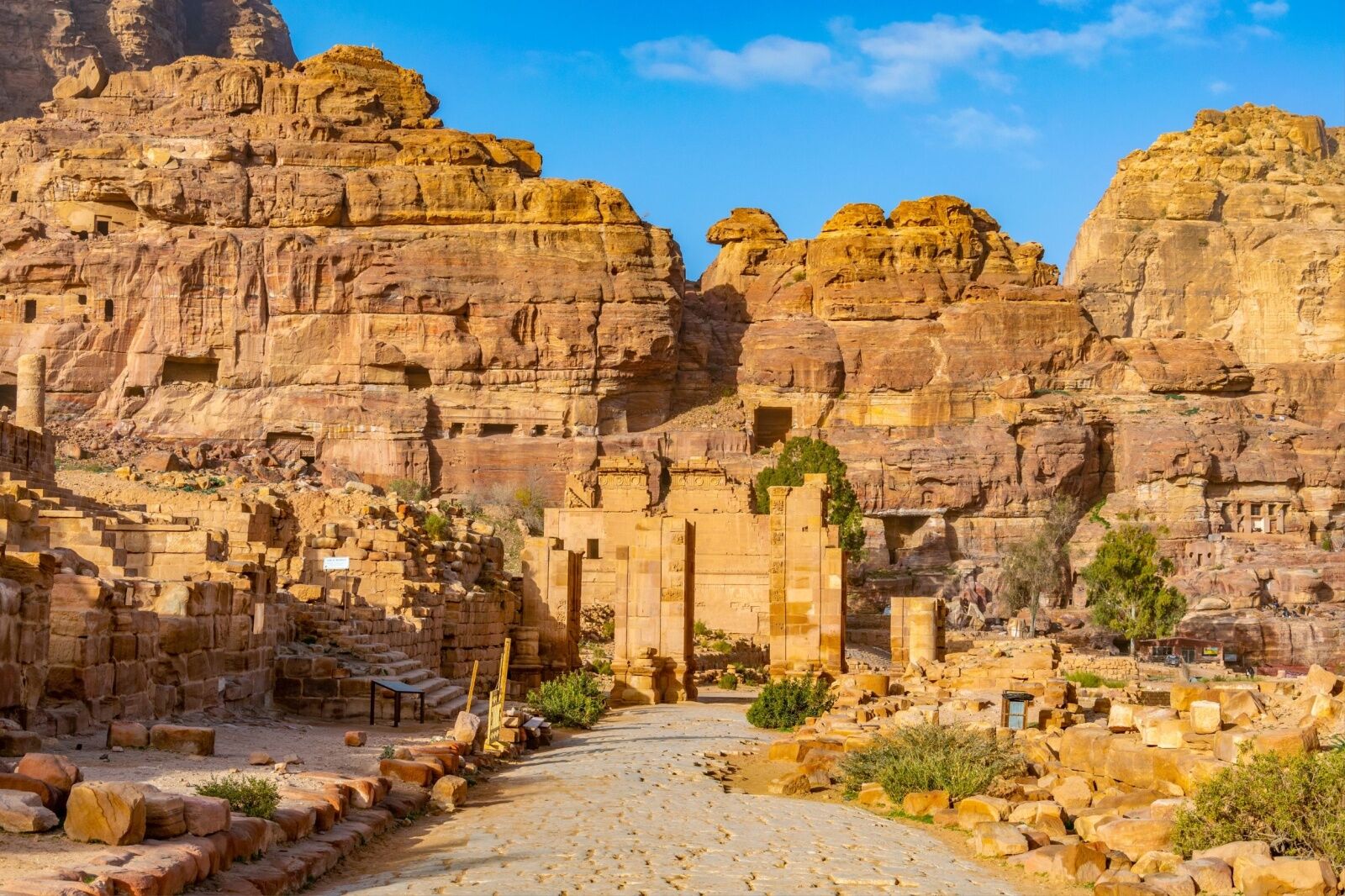Even if you’ve never been to the Middle East, you may be familiar with an ancient archaeological site in Jordan called “Al Khazneh,” — at least if you’re a fan of Hollywood blockbusters. Because Al Khazneh, which translates to “The Treasury,” was a backdrop for one of the 1980’s biggest movie hits: Indiana Jones and the Last Crusade. Though the UNESCO World Heritage Site and one of the “New Seven Wonders of the World” has more than 800 historical buildings, it’s the Treasury, carved into a towering sandstone rock face between two high cliffs in the ancient city of Petra, Jordan, that often strikes visitors at the most dramatic.


Researchers Just Found Something Amazing Under One of the World's Most Well-Known Ancient Sites
But researchers just discovered something extremely unexpected under the heavily visited and heavily studied site: a hidden tomb that contained 12 completely intact human skeletons. Like the site itself, the tomb and skeletons likely date more than 2,000 years back to the ancient Nabataean civilization, which flourished between the fourth century BCE and first century CE. The tomb was found in August 2024 and recently announced by St. Andrews University in Scotland. The Petra discovery was made somewhat by accident using electromagnetic and ground-penetrating radar while scientists were studying the earth beneath the temple to plan for future flood mitigation projects.
As significant as discovering 12 skeletons in a secret burial chamber under a country’s most well-known attraction may be, the news gets even more fascinating. Finding one skeleton, let alone 12, is extremely rare in Petra –most recently discovered chambers have contained just pieces of artifacts or a few skeleton fragments, save for two skeletons found more 20 years ago near Al Khazneh. But it’s also yet another piece in an ongoing mystery, since researchers know very little about the Nabateans who built Petra.
Archaeologists do know that Petra was a center of trade in the Middle East before it was invaded by Romans in the second century CE, but significant aspects of the Nabatean social structure, daily life, cultural beliefs, and religious practices remain elusive, due to both limited written records and fragmented archaeological findings. As of 2024, some scientists estimate that up to 85 percent of Petra’s buildings and monuments could still be buried beneath the sand.

Researchers are hoping the discovery will shed new light on Petra and his people who built it. Photo: trabantos/Shutterstock
Though the building is called “The Treasury,” the building was most likely a mausoleum. The title “Al Khazneh” comes from the local Bedouin people, who named it based on a legend that it contained ancient treasure. According to a lead researcher on the Petra discovery, archaeologists will continue to study both the tomb and the remains to try to learn more about the burial practices and customs of Nabataean society. Since a Petra discovery like this has never been made before, what researchers learn could expand — or completely rewrite — the historical narrative of Petra and its people.
And if that wasn’t an interesting enough twist, one researchers shared another fascinating fact about the discovery: one of the skeletons was found holding a ceramic jar with both hands — not unlike the famous scene in the 1989 Indiana Jones film. It wasn’t a chalice, like in the movie, a researcher told Al Jazeera News. “But it had an uncanny resemblance to the movie prop from the Indiana Jones film as it was being excavated,” he added. —